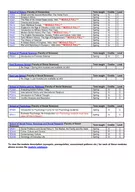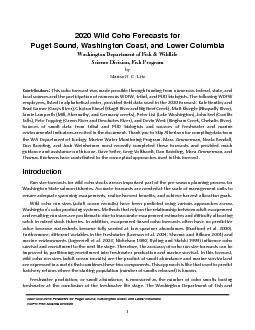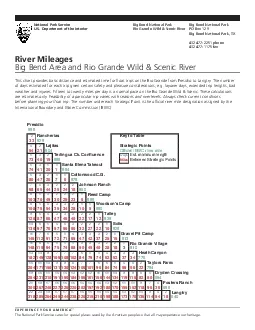PPT-Wild River Technology LLC
Author : karlyn-bohler | Published Date : 2017-03-26
wwwwildrivertechcom Alfred P Neves Alwildrivertechcom phone 503 679 2429 A VNA Manifesto A Primer for Practical Mastery Day 4 Application Topics of SParameters
Presentation Embed Code
Download Presentation
Download Presentation The PPT/PDF document "Wild River Technology LLC" is the property of its rightful owner. Permission is granted to download and print the materials on this website for personal, non-commercial use only, and to display it on your personal computer provided you do not modify the materials and that you retain all copyright notices contained in the materials. By downloading content from our website, you accept the terms of this agreement.
Wild River Technology LLC: Transcript
Download Rules Of Document
"Wild River Technology LLC"The content belongs to its owner. You may download and print it for personal use, without modification, and keep all copyright notices. By downloading, you agree to these terms.
Related Documents














